Seven of the thirteen patents Contiem has been awarded are in semantic technology.
We understand that semantic information is a living, evolving part of your content and your business. As such, our RSuite products include several semantic search-supporting architectural features and tools provide semantic search answers and navigation from simple to complex, but also enable a robust, dynamic semantic strategy.
Key RSuite components that can be used to semantically enrich content:
- API-driven architecture
- Robust, configurable workflow engine
- Customizable event model
- Flexible metadata forms
- Taxonomy controls
Anything possible in the RSuite application through user activity can also be driven through the API. This makes it possible to integrate semantic enrichment into your solution in the manner best suited to your requirements.
The included workflow engine can combine automated and manual tasks, allowing workflows to be configured according to your current needs. Additionally, the engine can be used to organize and track future reprocessing of semantic information if necessary. Information from these workflows is made available for reporting so that you can better understand not only the current state of your content but also past personnel, tools, and processes that helped develop it.
RSuite’s event model lets you set conditions for triggering semantic processing. This could be in response to changes in the content itself, changes in an external source of semantic information at a predetermined future time, or virtually any other condition accessible to RSuite directly or through an API.
RSuite does not assume that everyone will interact in the same way with all of the metadata and semantic information relating to an asset. Instead, you can configure any number of specialized forms that can be used to present users with a subset of information relating to an item. In this way, you can avoid presenting users with a bewildering array of fields that are not relevant to their particular activities. Using targeted forms will ease the burden on your users and can raise the quality of the content being managed.
RSuite has optional taxonomy controls available to allow users to assign values for a formal taxonomy to your content as well as controls to allow users to search and navigate content through the assigned hierarchy. Our tools also allow easier assignment of free-form “tags” for cases where a formal taxonomy isn’t practical. Of course, these tools work in conjunction with RSuite’s flexible metadata model to address simple as well as complex requirements when needed.
- Semantic information about the keywords/concepts
- Answers to the searcher’s questions
- Lists
- Information based on relations among the keywords/concepts
- Different kinds of — but related — information such as events, persons, locations, or organizations
A user can search and discover content by keyword, user, date, document identifier, XPath, customer-defined and system metadata, and more. RSuite search services provide industry-leading search capabilities covering full-text search, relevancy ranking, integration with non-search systems currently used, metadata-based faceted search, search logs, custom search, proximity search, and targeted search. Wildcards such as * and ? are available. System metadata filters include creation and modified dates, file type, XML element type (if relevant), folder type, etc.
We support full-text search of XML, Microsoft Office, Adobe PDF, and HTML artifacts. We include metadata values when performing full-text searches, enhancing findability and content reuse.
 ☰ Menu
☰ Menu